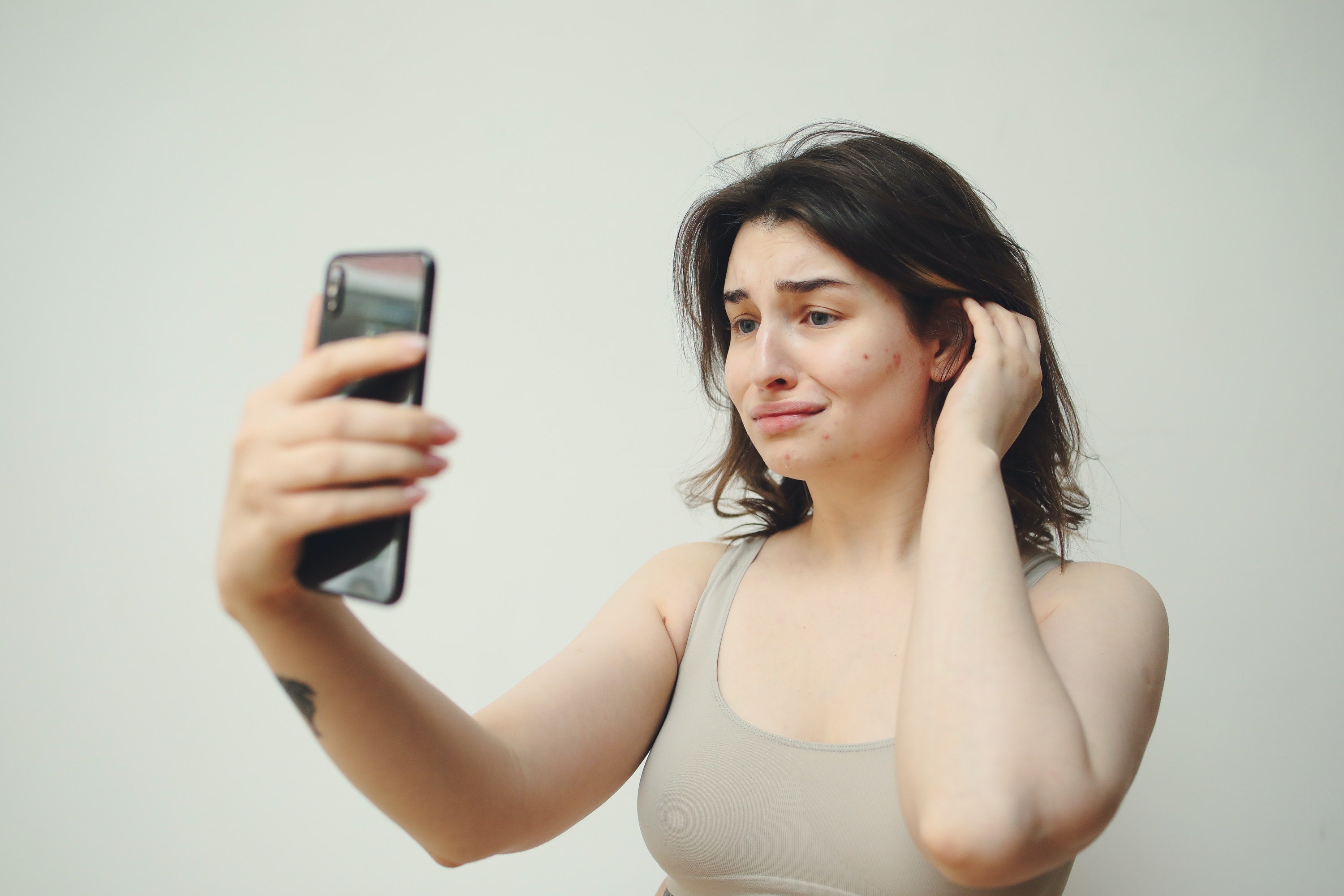
Routinely Exfoliating Skin For Body Care Leads to Glowing Results
One of the major downsides of the winter season is flaky, ashy skin. Do you feel like you’re in a constant battle with the elements? Want to do something different for your body but not sure where to start? When it comes to your body care, consider exfoliating your skin.
Your skin has an exfoliation process that takes roughly 25-28 days. But this tends to slow as you get older. So, there’s nothing wrong with helping the process along.
Exfoliating your body is for every type of skin. There are many benefits to exfoliating. But, it's a matter of doing it correctly and finding the right method for you.
Is Exfoliation in the Winter Good for My Skin?
It’s a perfect time to exfoliate! Winter is a harsh time of year and your skin is more likely to get dehydrated, flaky, and itchy. There’s a lot of dryness in the air. Whether it’s from the cold, dry air outside or our heaters, it wreaks havoc on our skin.
Exfoliating skin as part of your body care regimen helps combat this. That way, your skin will stay glowing and healthy no matter what time of year it is.
Regular exfoliation can help unclog pores, meaning less acne for you. It can also stimulate collagen production which means a plump, youthful appearance.
How Often Should I Be Exfoliating Skin in the Winter?
When exfoliating the skin, make sure you only do so twice a week. You don’t want to achieve the opposite effect by overdoing it. Over-exfoliating can be detrimental to skin health.
Exfoliating skin too much can cause it to lose the ability to retain moisture. Your skin will appear dehydrated, cracked, and flaky. It can be prone to sensitivity, redness, and irritation.
If you’re concerned about over-exfoliating, try doing it once a week and add another day if you feel it’s best for you.
How Do I Exfoliate My Skin?
1. Wet Exfoliation

We recommend using our Body Glow Duo. It includes our Simply Pure Whipped Body Butter as well as our Rejuvenating Essence Body Polish.
When you’re in the shower, wait at least three minutes before you start. Then, take your Body Polish and scoop out enough to cover the skin from the neck down. Use small, circular motions, and rub it in.
Not only does our polish keep your skin silky smooth, but it eliminates body breakouts. It also detoxifies skin, reduces sun damage, and repairs your skin cells.
It’s perfect for when you need an in-home spa day.
Once you’ve finished exfoliating your skin, follow up with our Simply Pure Whipped Body Butter. Your freshly scrubbed skin needs extra love. Our body butter protects and moisturizes the skin. It also tightens so you’re less likely to experience future body breakouts.
It also encourages new cell growth and lightens dark spots from previous breakouts. Your skin will be healthy and glowing with regular use.
2. Dry Brushing
Dry brushing has its roots in Ayurveda and is meant to energize and stimulate while exfoliating skin. The consensus on how often to dry brush varies. Some people swear by brushing daily whereas others brush their skin once or twice a week.
Wet exfoliation usually has harder granules which is why it isn’t recommended as often.
But when you dry brush, your brush should have soft bristles which is why you can get away with doing it every day. As long as you aren’t brushing yourself with a heavy hand, you should be okay.
If you’re prone to irritation or have sensitive skin, this practice may further irritate your skin. Regardless of skin type, always avoid dry brushing if you have sunburn, wounds, or raised bumps.
Start at the extremities (furthest away from the heart) and massage towards the body center (to the heart). Brush lightly with slow and even strokes towards the heart.
- For The Legs: Work your way from the front and back of the right foot towards the lower thigh. Brush from the lower leg to the thigh and then brush onto the right buttock. Then swipe the left side (from the foot to the lower leg and thigh and buttock) in the same way.
- For The Arms: Copy the approach above starting with the right hand. Move onto the forearm and then the lower and upper arm. Then stroke from the left hand up to the left upper arm.
- For The Stomach: It is important to follow the course of the colon to rule out any blockage. For this, you start on the bottom right side of the abdomen and brush upwards in small strokes until you approach the ribs. From there, brush horizontally to the left and continue down from there. It is important to brush clockwise.
Once you finish your dry brushing routine, take a shower as usual. Similar to wet exfoliation, your skin will be primed for product absorption. Finish off with our body butter. It’s packed with nutrients that are perfect for your skin.
The Takeaway
Winter can be a rough time for skin but it doesn’t have to be. With the right tools in hand, you can look forward to your best skin all year long. Exfoliating skin can go a long way all season long. And you'll be ready in time for spring.





